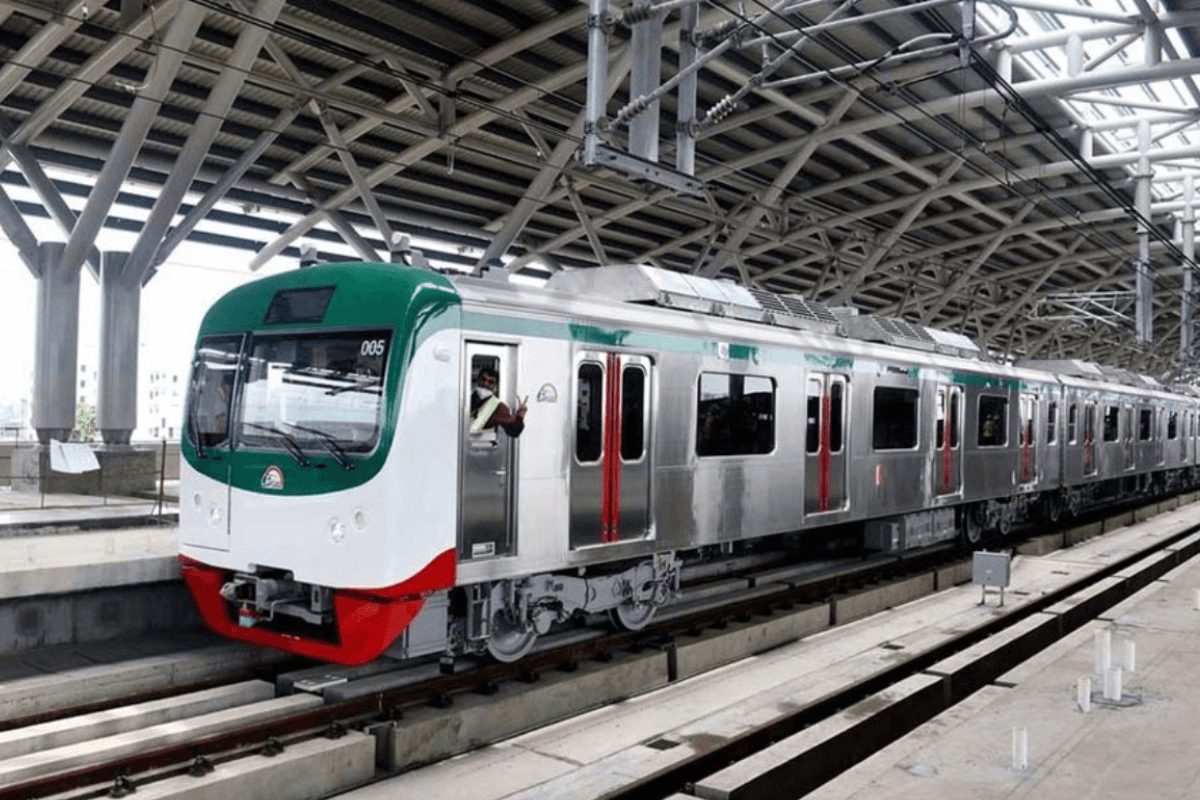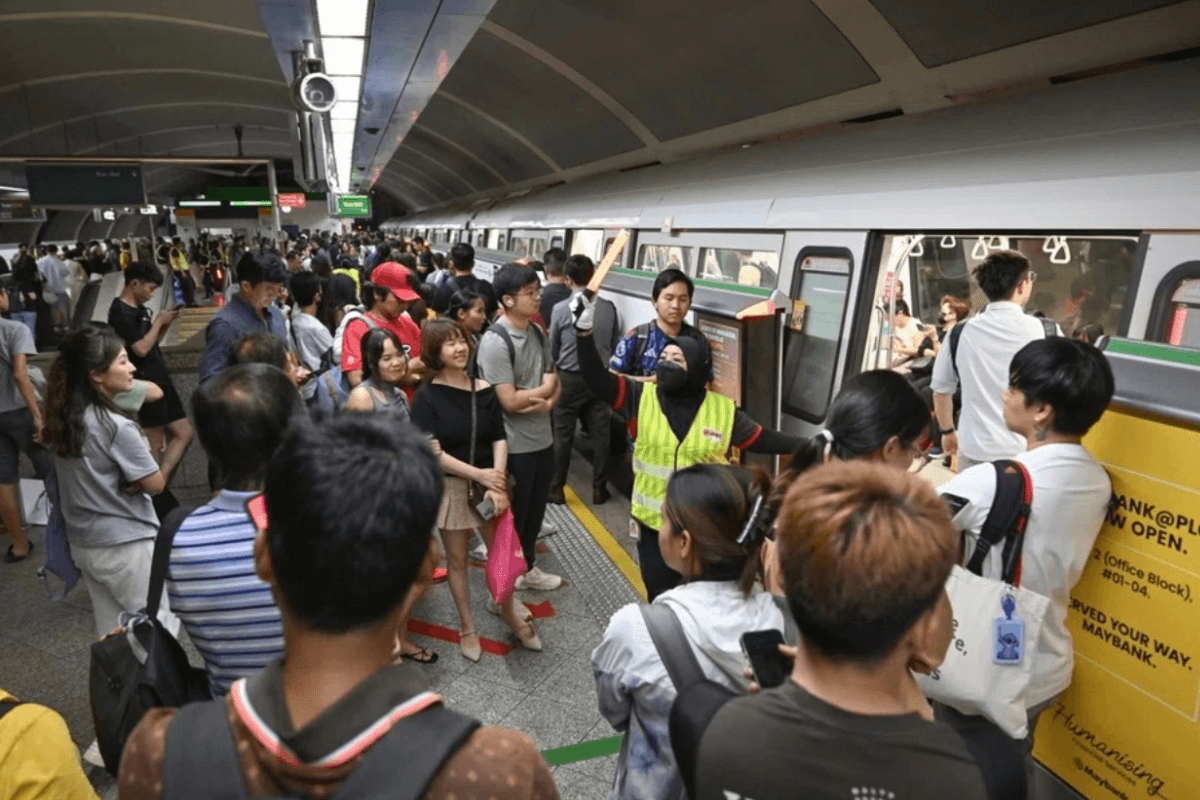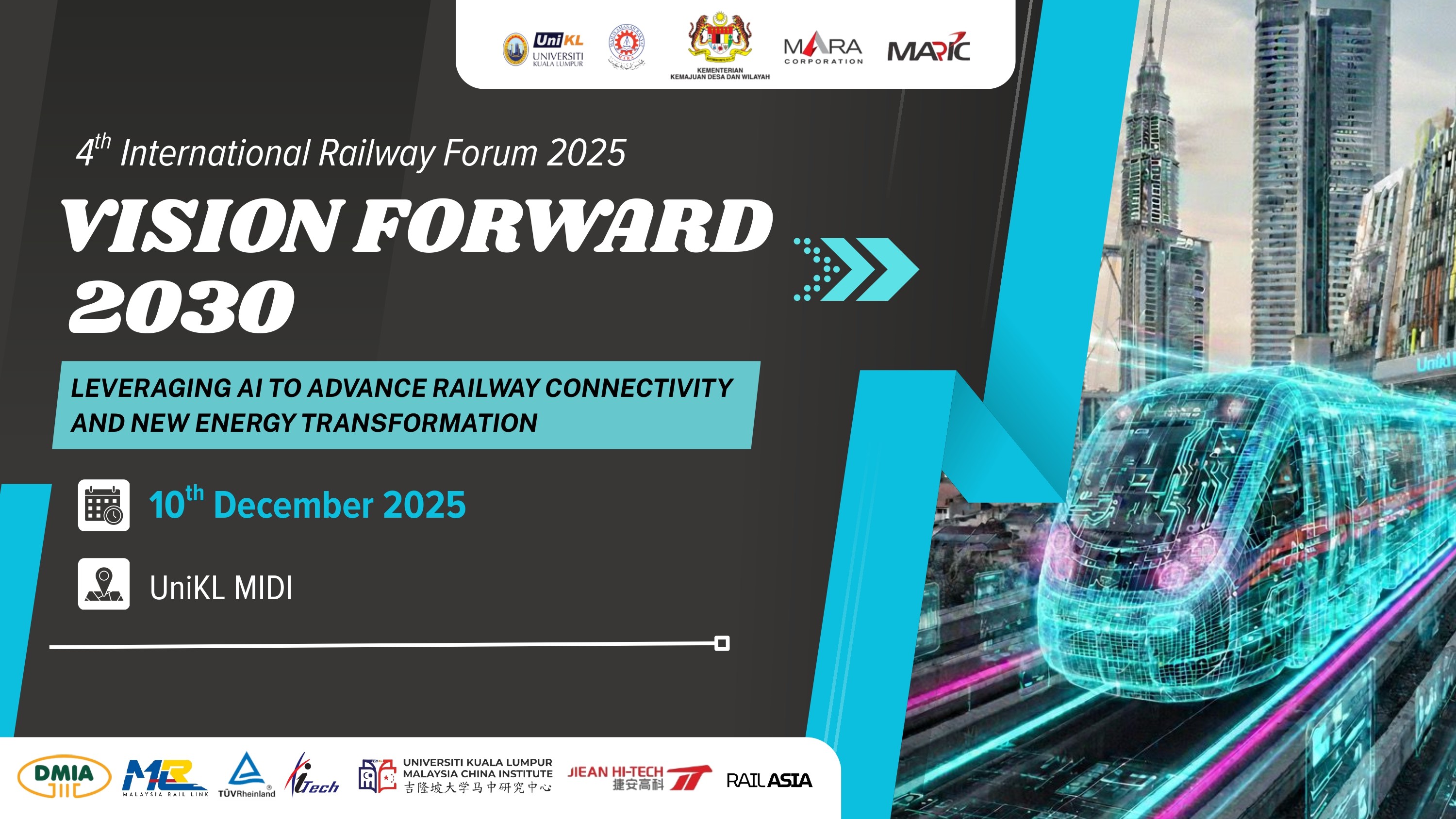Jul 21, 2025
Tough Choices Ahead for Malaysia's Rail Reform
Stakeholders and transportation observers are renewing calls for comprehensive reform in Malaysia's rail sector, citing the need for improved operational efficiency, transparency, and clarity of roles between Keretapi Tanah Melayu Berhad (KTMB) and the Railway Assets Corporation (RAC).
According to various industry experts and analysts, KTMB, Malaysia's primary rail operator, has long grappled with operational challenges. Public frustrations over frequent delays and unreliable services have intensified scrutiny over the structure and accountability mechanisms of the nation's rail system.
A review of public reports and government audits suggests that administrative and overhead costs absorb a significant portion of KTMB's expenditures, with limited reinvestment in infrastructure upgrades and service improvements. This financial imbalance, some argue, has hampered efforts to modernise the railway network and enhance commuter satisfaction.
In response, several voices from the transport policy and research community have proposed a structural shift: transferring the Operations Control Centre (OCC) management to RAC, a statutory body under the Ministry of Transport that currently owns rail infrastructure but plays a limited role in day-to-day operations. Advocates of this model argue that placing the OCC under RAC would enable equal and fair access for multiple train operators and foster competition in line with global practices seen in markets like the United Kingdom and Japan.
"We need to clearly define whether KTMB is a public service provider or a commercial entity," said one senior transport analyst, who requested anonymity due to the topic's sensitivity. "Once settled, the government must implement service-level agreements with clear KPIs to measure and reward performance."
The call for reform echoes earlier recommendations made in reports by the Land Public Transport Agency (APAD) and international advisory bodies, which suggested creating a more agile and results-driven rail governance model. These reports emphasised the importance of unbundling asset ownership from operations, which aligns with transit-oriented reforms undertaken in several developed countries.
Meanwhile, the Ministry of Transport has not officially announced any sweeping institutional changes but has acknowledged the need for continuous service improvement in parliamentary statements and national development plans.
RAC, which manages over RM30 billion in rail assets, is also under the spotlight. Observers believe it could play a more prominent role in shaping the future of rail transportation in Malaysia by assuming a stewardship role similar to entities like Network Rail in the UK or JRTT in Japan.
As Malaysia aims to expand and modernise its rail network under the 12th Malaysia Plan, experts say the success of these efforts hinges on institutional clarity, financial transparency, and the willingness to rethink legacy structures.
Sources: Land Public Transport Agency (APAD) Annual Reports, RAC official statements, Ministry of Transport Malaysia, Public Accounts Committee reports.
Related Post
Latest Post
Subscribe Us
Get Subscribe To Our Latest News & Update













